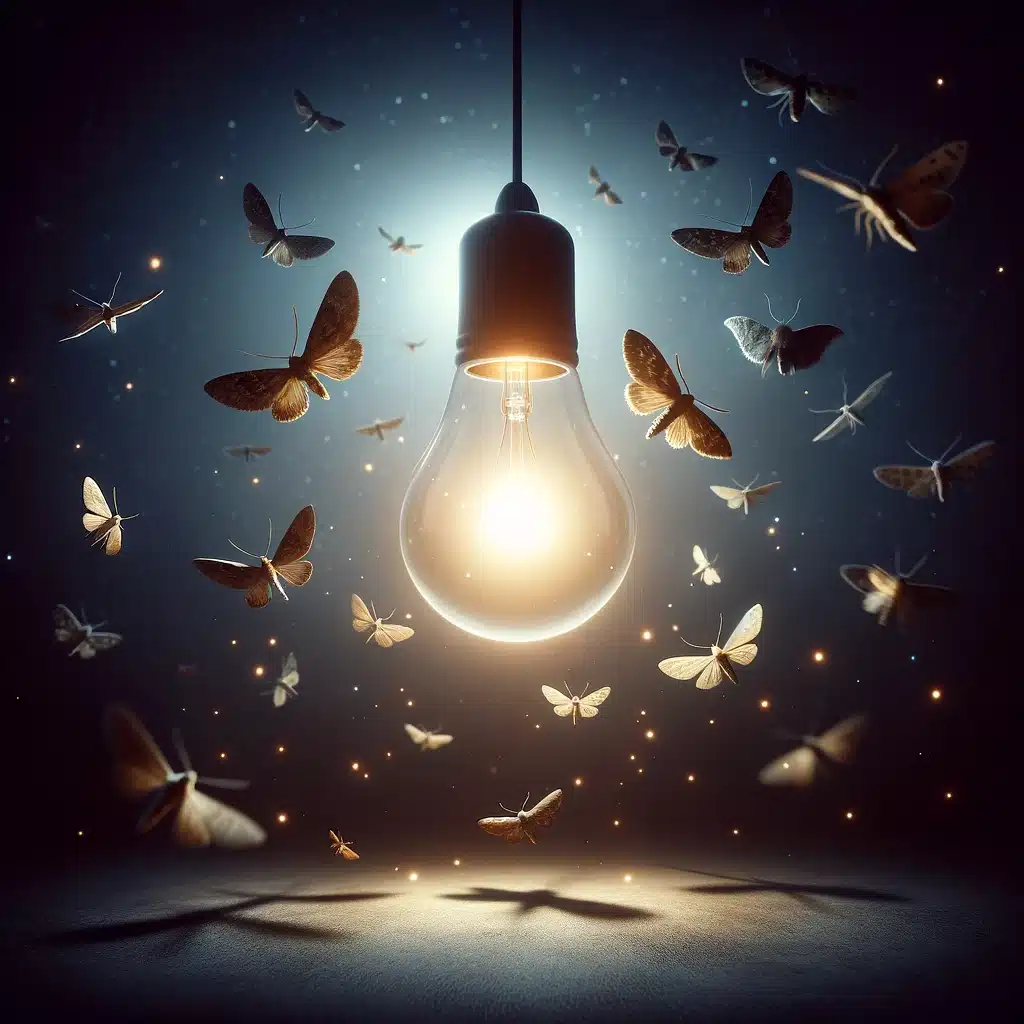Recent research challenges the long-standing belief that moths are simply attracted to light. This article delves into the nuances of moth behavior and the implications of these findings.
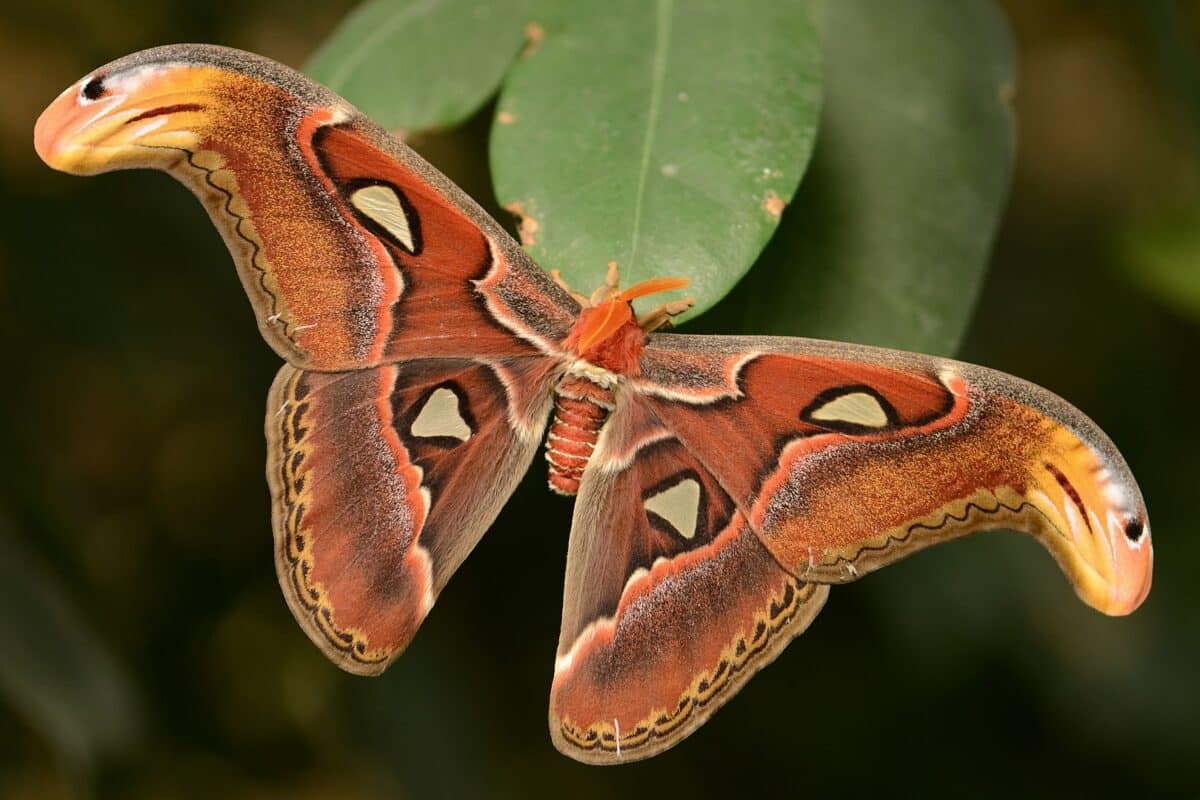
Understanding Moth Navigation
Historically, theories suggested that moths navigated by moonlight or were drawn to the heat emitted by light sources. However, a groundbreaking study using advanced camera technology offers a new perspective. It reveals that moths and other insects display a dorsal light response, where they twist their bodies to keep their back to the light. This reflexive behavior suggests they’re not attracted to the light but are caught in a behavioral loop around it.

Key Findings
- Dorsal Light Response: Moths exhibit a behavior where they orient their back towards a light source, suggesting a navigational reflex rather than attraction.
- Behavioral Loop: Instead of being drawn towards light, moths are trapped in a loop, circling around the light source.
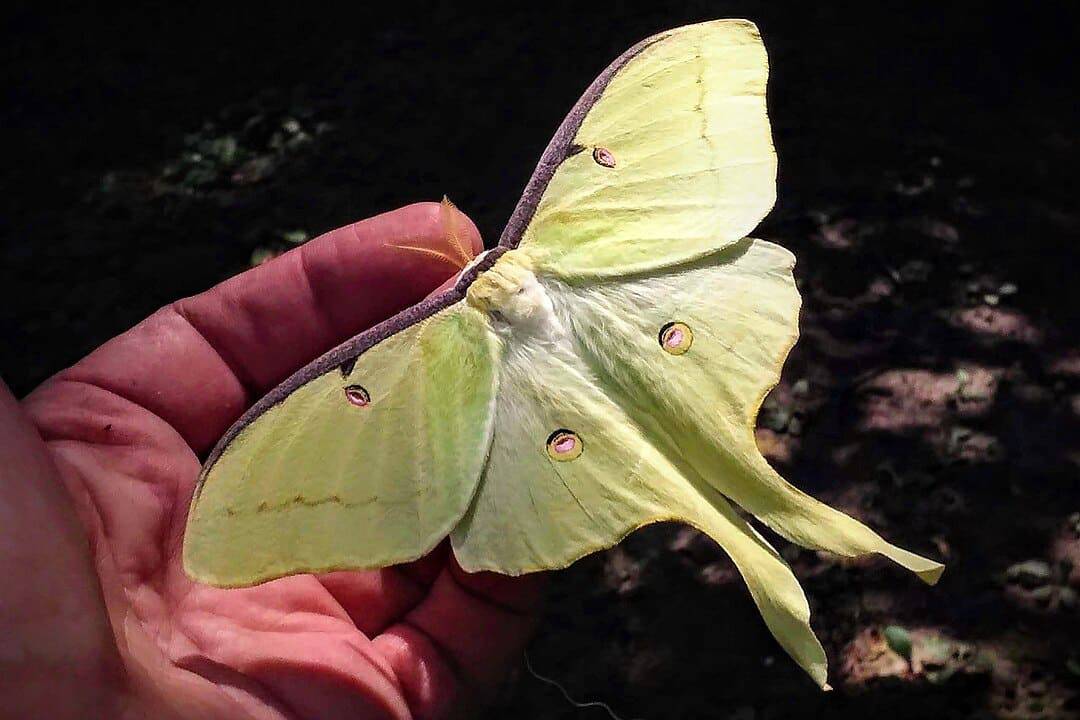
Implications for Conservation and Urban Planning
These insights have significant implications for understanding moth behavior, especially in environments heavily influenced by artificial light. They could lead to more effective conservation strategies and urban planning guidelines that consider the impact of light pollution on nocturnal wildlife. This insight into their navigational behaviors opens the door for further research and underscores the importance of considering ecological impacts in our use of artificial light.
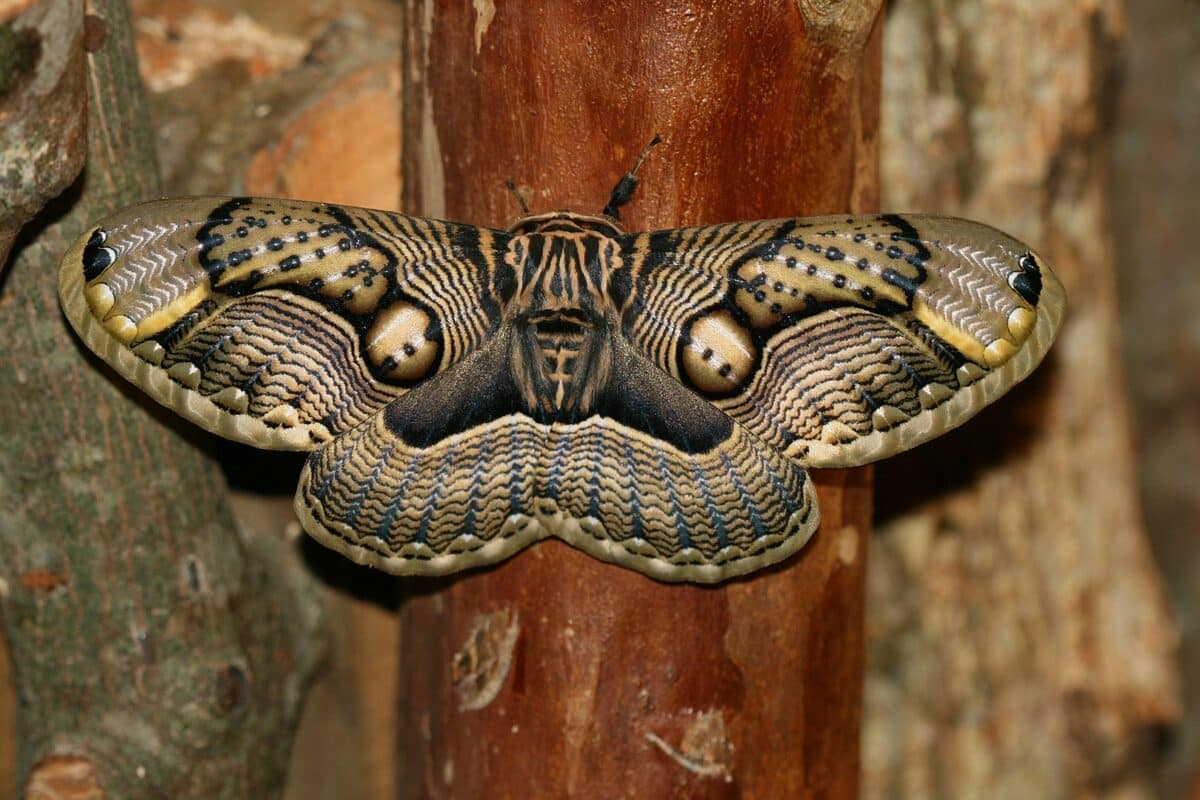
Facts About Moths
To appreciate the significance of this study, it’s helpful to consider some key facts about moths:
- Moths are incredibly diverse, with over 160,000 species identified worldwide.
- They play a crucial role in ecosystems, acting as pollinators for many plant species.
- Moths serve as a vital food source for a variety of animals, including bats, birds, and other insects.
- Unlike butterflies, many moths are nocturnal and have evolved to navigate and survive in the dark.
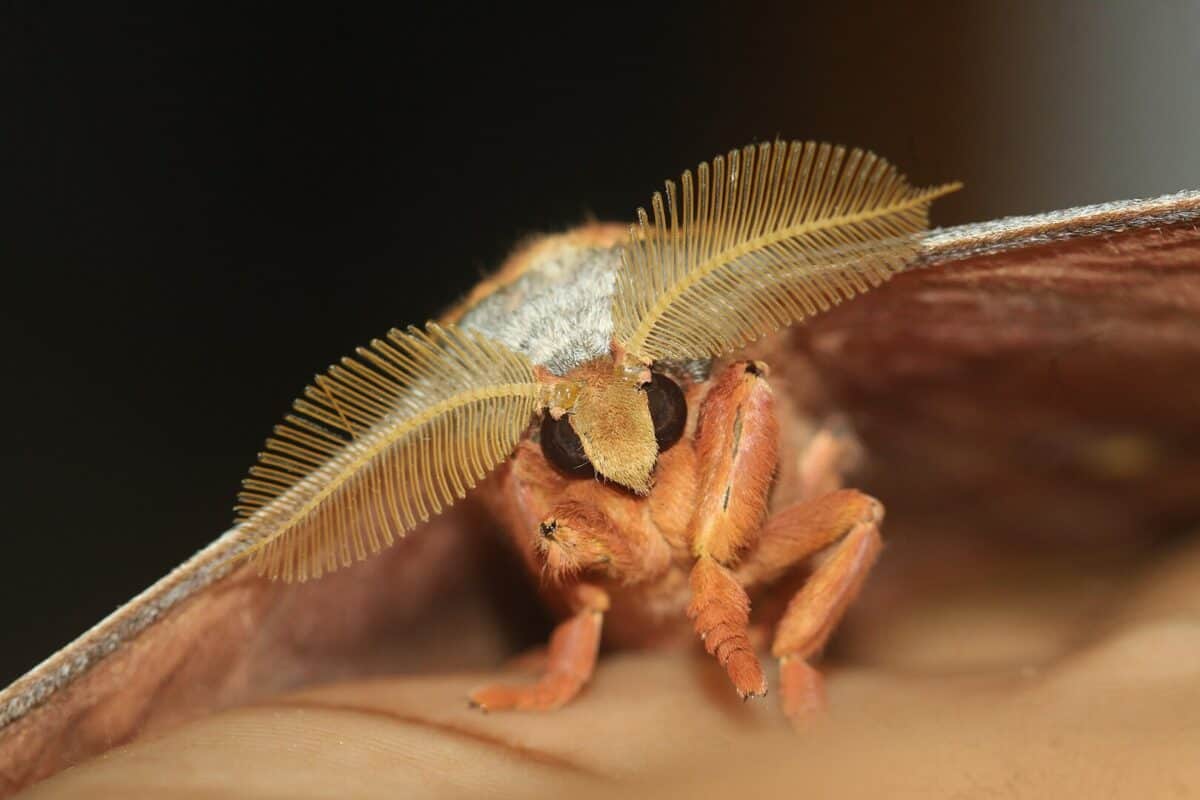
Moving Forward
By understanding the true nature of their attraction (or lack thereof) to artificial light, we can develop more wildlife-friendly lighting solutions. This benefits moths and contributes to the broader goal of preserving biodiversity and maintaining healthy ecosystems.
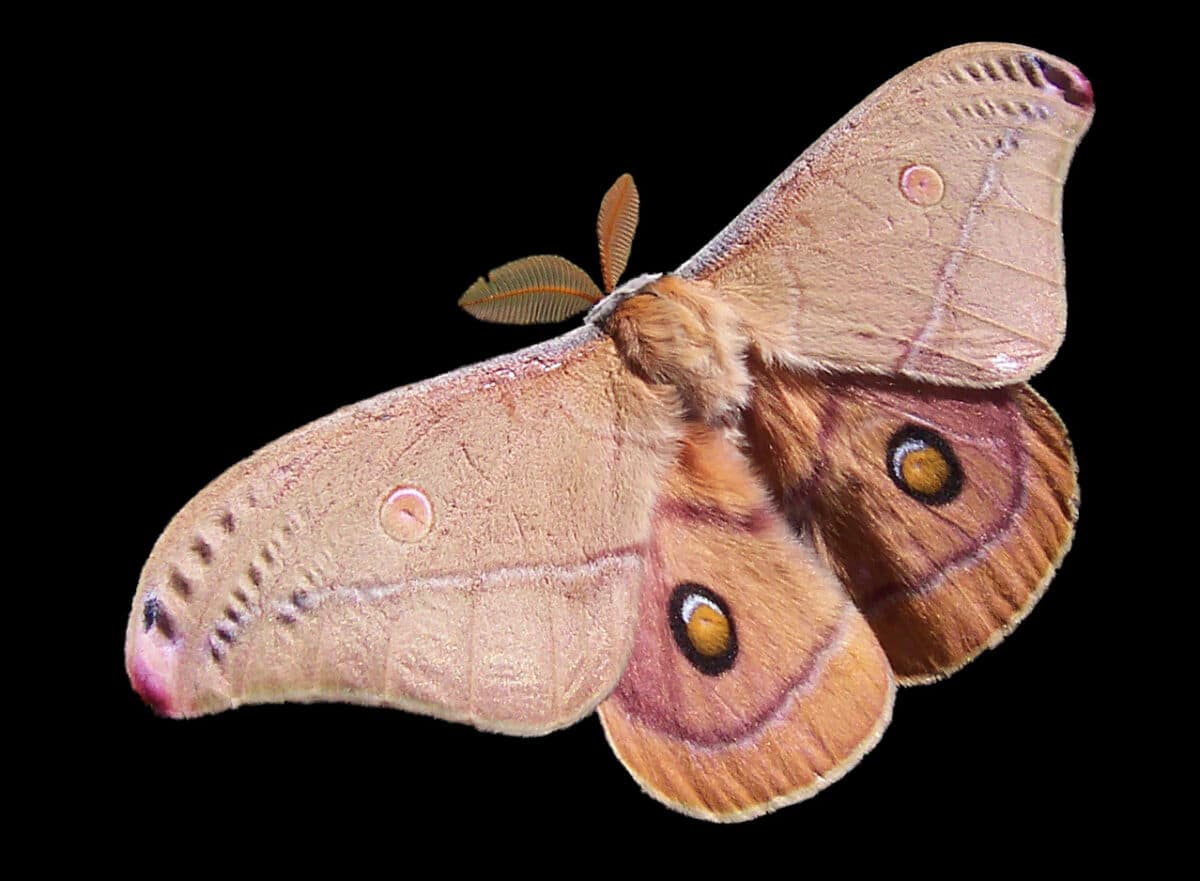
You might also enjoy:
Animals and Insects Posing a Risk to Global Food Security
Florida’s Feisty Insects: Fire Ants
Meet the Zombie Fungus that Mind-Controls Insects
Join our Forum for free today!

- The Bond Between a Wild Baby Bison and Her Rescuer - July 20, 2024
- An Excited Husky’s First Ever Time in Snow - July 20, 2024
- Top 20 Colorful Species To Brighten Your Day - July 14, 2024

